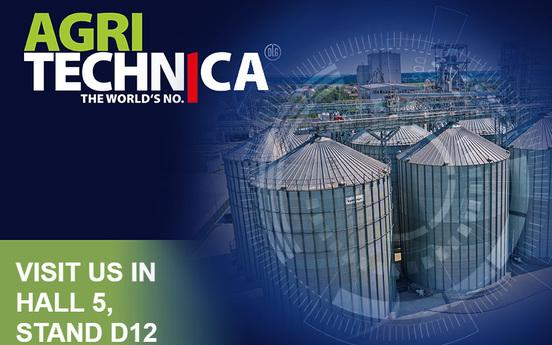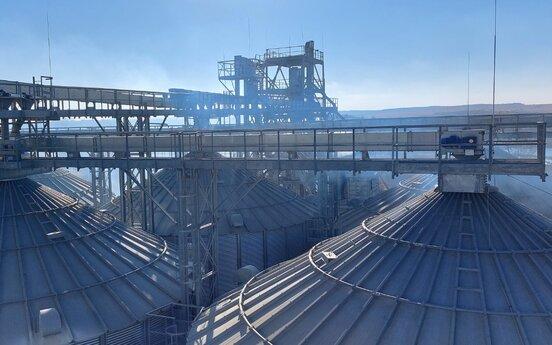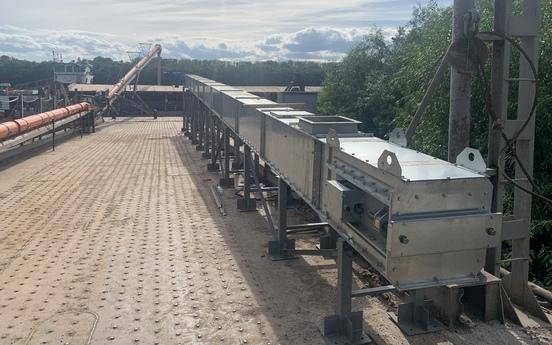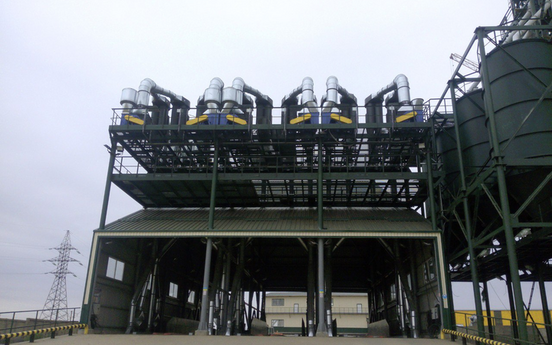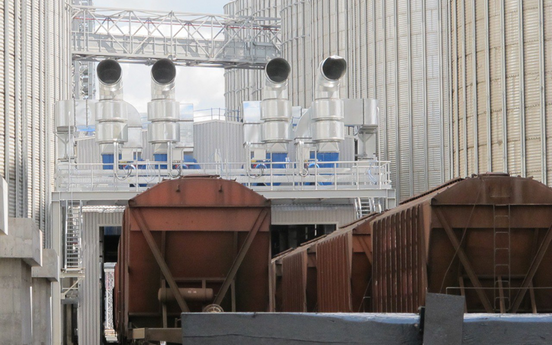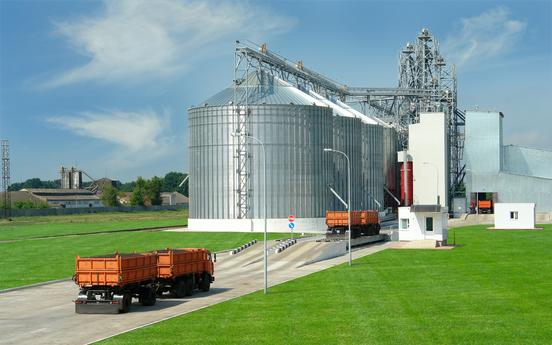How to choose a grain dryer for an elevator: key criteria

The choice of a grain dryer depends on several important factors: capacity, fuel type, drying efficiency, and energy consumption. Evaluating these criteria helps to select the optimal model that meets storage and processing requirements.
What's a grain dryer?
Grain dryers are devices used to reduce the moisture content of products to the optimum level for storage or further processing. The drying process is important for preventing crop spoilage. Grain dryers operate on various energy sources and use different drying methods.
- For example, mobile grain dryers use direct or indirect heating.
- Continuous dryers operate in a continuous mode: raw materials are continuously loaded, dried, and unloaded. Designed for processing large volumes, they have the highest productivity and are used in large elevators.
- Cyclic dryers operate in batches in a recirculation mode. They are suitable for small farms, consume less fuel, but are significantly inferior to continuous dryers in terms of productivity. They do not support heat recovery – the system does not use heat loss for further operation, but simply discharges it.
Types of grain dryers
Shaft grain dryers
Shaft grain dryers are popular equipment with high productivity and low energy consumption. Raw materials are fed vertically, dried with hot air, and sent to cooling compartments. Unloading through shaft grain dryers is uniform, without damaging the grain.
Mobile grain dryers
Mobile grain dryers do not require a permanent foundation, are easy to transport, and operate directly in the field. Such installations are suitable for rapid drying during harvesting in different areas.
Chamber grain dryers
Chamber grain dryers are the simplest type of drying equipment in terms of design. They operate periodically and are usually used in small farms. The design consists of a rectangular or round chamber with a sloped or horizontal mesh bottom. With a sloped bottom, the grain is discharged by gravity, and with a horizontal bottom, it is discharged through a central opening and a screw conveyor.
When choosing, pay attention to the aspiration systems. Aspiration is responsible for removing dust and light impurities.
How to choose a grain dryer for an elevator?
Power and productivity
Parameters depend on the volume of raw materials to be dried. For small farms – up to 30 t/h, for elevators – from 50 t/h. The capacity of the unit must correspond to the power supply capabilities of the enterprise.
Fuel type
Choose between natural gas, liquefied gas, diesel, electricity, or biomass. The choice is based on availability, cost, and environmental friendliness. Solid fuel grain dryers run on pellets, wood chips, or husks and are notable for their low drying costs.
Grain type
Grain dryers for farmers are selected for specific crops: corn, wheat, rapeseed, barley, etc. Different grains have different requirements for temperature and drying modes.
Level of automation
The modern level of automation includes fully autonomous control of the dryer, process analysis via a microprocessor, optimization of efficiency, and access to operating history. Modern models are equipped with temperature, humidity, and product feed control systems.
Warranty and service
The availability of a warranty and prompt service are important conditions for uninterrupted operation. It is worth clarifying the repair terms, the availability of a storage warehouse, and the quality of technical support.
Before purchasing a grain dryer, determine the needs of your farm and consult with specialists.

